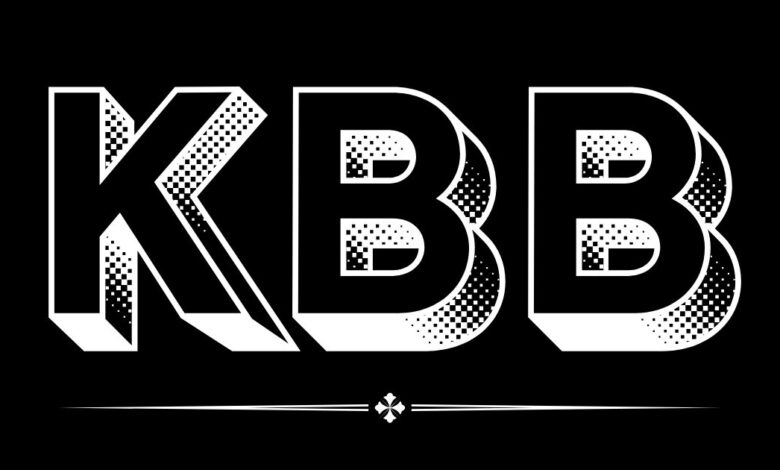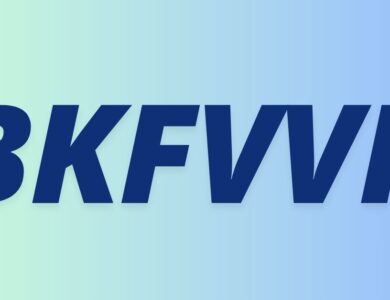Understanding kbb Kelley Blue Book: Your Guide to Vehicle Valuation

For anyone looking to buy, sell, or trade in a vehicle, Kelley Blue Book (KBB) is often the first place they turn. As a trusted source in the automotive industry, KBB offers accurate pricing, valuable insights, and fair assessments of cars, motorcycles, and other vehicles. But what exactly is KBB, and why has it become so central in the world of vehicle valuation?
History and Evolution of Kelley Blue Book
Founded in 1926 by Les Kelley, Kelley Blue Book started as a simple list of car values based on Kelley’s used-car dealership records. Over time, KBB expanded its data sources, moving from printed books to a fully online platform that millions of buyers and sellers use today. This transition from print to digital reflects KBB’s adaptability and enduring relevance.
How Kelley Blue Book Determines Vehicle Value
KBB gathers data from numerous sources to provide accurate values for both new and used vehicles. Factors like retail transactions, auction sales, and economic conditions are all analyzed to estimate a fair market value. KBB’s algorithms are continually refined to reflect real-time trends, giving consumers confidence that the valuations are up-to-date.
The Importance of KBB for Car Buyers
For car buyers, KBB offers transparency. The platform allows buyers to research and compare prices, helping them avoid overpaying for a vehicle. With KBB’s tools, users can explore various car makes, models, and conditions to find what fits their budget and needs, giving them an edge in negotiations.
Why Sellers Rely on Kelley Blue Book
Sellers, too, benefit from KBB’s unbiased vehicle appraisals. Knowing a car’s KBB value ensures they set competitive yet reasonable prices, which attracts buyers and makes the selling process smoother. Whether it’s a private party sale or trade-in, KBB’s reputation gives sellers the confidence to enter negotiations with a solid foundation.
Understanding Different Types of KBB Values
Kelley Blue Book doesn’t just offer a single price for a vehicle. The platform provides different types of values, such as:
- Private Party Value: Estimated price in a private sale.
- Trade-In Value: What a dealer might offer for the vehicle.
- Retail Value: The dealer’s price when selling the car to a consumer.
- Certified Pre-Owned (CPO) Value: Price for certified pre-owned cars, often higher due to extended warranties and inspections.
Each of these values offers insights for both buyers and sellers, ensuring they understand the dynamics of various types of transactions.
How to Use KBB for Buying a Used Car
Using KBB for a used car purchase is simple. First, buyers should research the make and model they’re interested in, then check KBB’s suggested values based on mileage, condition, and features. This information empowers buyers to make fair offers and negotiate more effectively.
Using KBB to Sell Your Car: A Step-by-Step Guide
If you’re planning to sell your car, KBB’s valuation tool can help. First, enter details about your car on KBB’s website, such as make, model, mileage, and condition. Once you receive a valuation, you can list your car accordingly, giving prospective buyers confidence in your asking price.
KBB and Trade-In Values
Trade-in values offered by KBB are a favorite among those looking to exchange their current vehicle for a new one at a dealership. The trade-in value takes into account the dealer’s margins and potential reconditioning costs, making it slightly lower than the private party value. However, it remains a useful tool for estimating how much credit you’ll receive toward a new car.
KBB’s Role in Setting Insurance Rates
Insurance companies also refer to KBB values when calculating premiums or assessing claims. In the event of an accident or a total loss, KBB’s fair market value is used to determine the payout, helping both insurers and clients reach fair settlements.
Understanding KBB Private Party Value
For private sales, KBB’s Private Party Value is especially useful. It provides the estimated price range for selling directly to another consumer, which is often higher than the trade-in value but lower than the dealer retail price. This value serves as a guideline for both buyer and seller to agree on a reasonable price.
Kelley Blue Book in the Digital Age
In today’s digital world, Kelley Blue Book remains accessible through its website and mobile app, offering real-time vehicle data at users’ fingertips. These digital tools enable a more interactive experience, with features like side-by-side comparisons, cost-of-ownership details, and price calculators.
Conclusion
Kelley Blue Book has established itself as a vital tool for anyone dealing with vehicle transactions. From buyers researching their next car to sellers pricing their vehicles accurately, KBB offers a comprehensive, data-driven approach to automotive valuation. By understanding KBB’s methodologies and using its tools effectively, car buyers and sellers alike can navigate the market with confidence.
FAQs
How often is Kelley Blue Book updated?
KBB’s values are updated weekly to reflect real-time market conditions.
Is KBB free to use?
Yes, KBB’s basic vehicle valuation tools are free for consumers, with additional paid services available.
Does KBB value motorcycles and other vehicles?
Yes, KBB provides valuations for motorcycles, boats, and RVs, among other types of vehicles.
How accurate is KBB’s trade-in value?
KBB’s trade-in value is an estimate and may vary by dealership due to market conditions and dealer-specific factors.
Can I negotiate prices based on KBB values?
Absolutely. KBB values provide a solid foundation for negotiations, giving buyers and sellers confidence in reaching fair deals.



